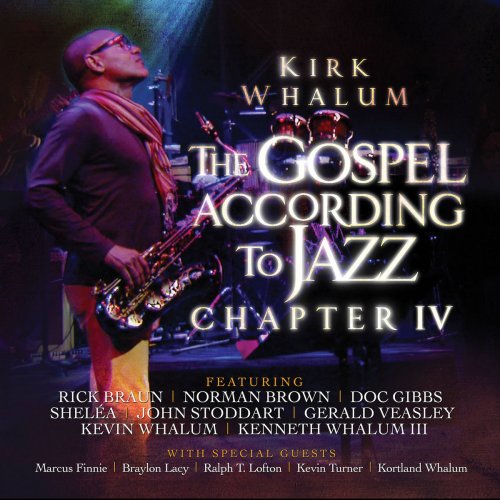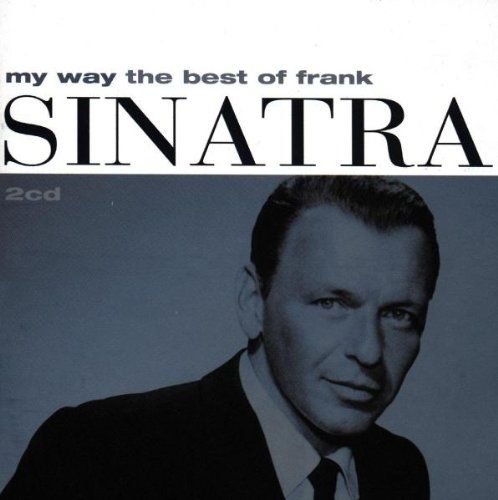Stenhammar Quartet - Wilhelm Stenhammar: String Quartets Nos. 5 & 6 (2013) [Hi-Res]
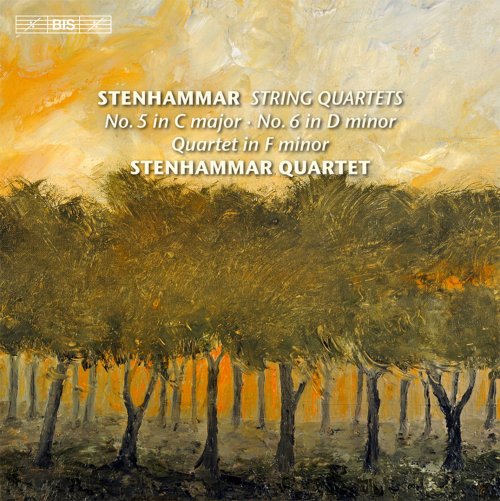
Artist: Stenhammar Quartet
Title: Wilhelm Stenhammar: String Quartets Nos. 5 & 6
Year Of Release: 2013
Label: BIS
Genre: Classical
Quality: flac lossless / flac 24bits - 96.0kHz +Booklet
Total Time: 01:05:21
Total Size: 315 / 826 mb
WebSite: Album Preview
TracklistTitle: Wilhelm Stenhammar: String Quartets Nos. 5 & 6
Year Of Release: 2013
Label: BIS
Genre: Classical
Quality: flac lossless / flac 24bits - 96.0kHz +Booklet
Total Time: 01:05:21
Total Size: 315 / 826 mb
WebSite: Album Preview
01. String Quartet No. 5 in C Major, Op. 29, "Serenade": I. Allegro molto con spirito
02. String Quartet No. 5 in C Major, Op. 29, "Serenade": II. Ballata. Allegretto scherzando
03. String Quartet No. 5 in C Major, Op. 29, "Serenade": III. Scherzo. Allegro vivace
04. String Quartet No. 5 in C Major, Op. 29, "Serenade": IV. Finale. Allegro molto
05. String Quartet in F Minor: I. Allegro
06. String Quartet in F Minor: II. Adagio. Con intimissimo sentimento, poco scherzando
07. String Quartet in F Minor: III. Allegro giocoso
08. String Quartet in F Minor: IV. Allegretto
09. String Quartet No. 6 in D Minor, Op. 35: I. Tempo moderato, sempre un poco rubato
10. String Quartet No. 6 in D Minor, Op. 35: II. Allegro vivace
11. String Quartet No. 6 in D Minor, Op. 35: III. Poco adagio
12. String Quartet No. 6 in D Minor, Op. 35: IV. Presto
![Stenhammar Quartet - Wilhelm Stenhammar: String Quartets Nos. 5 & 6 (2013) [Hi-Res]](https://www.dibpic.com/uploads/posts/2020-12/1607238273_stenhammar-quartet-wilhelm-stenhammar-string-quartets-nos_-5-6-2013-back.jpg)
After the harmonic and technical audacities of his Fourth String Quartet, Wilhelm Stenhammar evidently felt the need to explore other paths. Thus, in the Fifth Quartet, he makes a new beginning, as indicated by the title ‘Serenade’ that he uses in the autograph score, placing the work in a world of apparent lightheartedness, and even ironic detachment. Unusually for the composer, the primary focus of the work is on the slow second movement, the Ballata. This is based on a song that Stenhammar had learned as a child: the tragicomical ballad of the knight Finn Komfusenfej, whose wooing of a noble maiden proves highly complicated – and in the end fatal. Wide-ranging both in substance and in musical character, the Ballata is framed by three briefer movements which all in different ways play with elements of the quartets of Viennese Classicism, by Haydn, Mozart and Beethoven. Stenhammar thus distances himself from late-Romantic conventions – a development which is carried even further in his sixth and final work in the genre. Here ‘Romantic’ melodies and hovering Impressionist sonorities confront each other and are ultimately synthesized to form a single sound world, while Stenhammar’s extensive studies of counterpoint enable him to achieve a truly democratic four-part texture. On this second disc of the Stenhammar Quartet’s survey, these two late works frame a world première recording, namely that of the Quartet in F minor which Stenhammar completed in 1897, but withdrew after a successful first performance in 1898. While describing the quartet’s middle movements as ‘fresh and joyful’, Stenhammar expressed severe doubts regarding the final movement and for a long time harboured the idea of replacing it, before finally giving up on the work. The first modern performance of the quartet took place in 2001, and now the Stenhammar Quartet is offering a wider audience the opportunity to judge for itself.
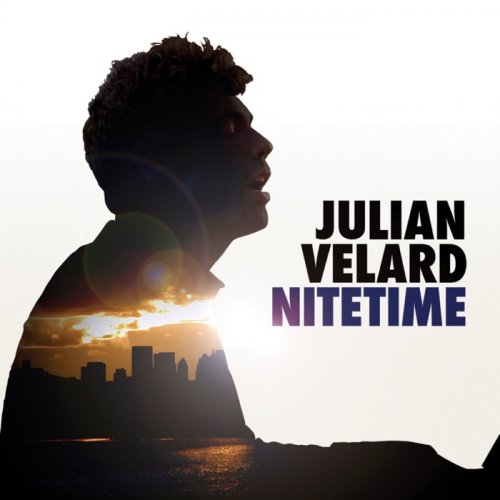
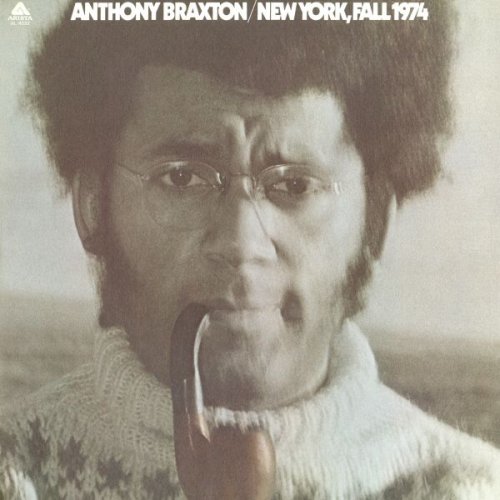
![Clifton Chenier - Squeezebox Boogie (1999) [Hi-Res] Clifton Chenier - Squeezebox Boogie (1999) [Hi-Res]](https://img.israbox.com/img/2025-12/20/cmlfho2wfdjon4pewnwrm16l7.jpg)
![Leslie Baron - In Jest (2025) [Hi-Res] Leslie Baron - In Jest (2025) [Hi-Res]](https://img.israbox.com/img/2025-12/18/2sqpj360q2wy5vki1452chspo.jpg)


